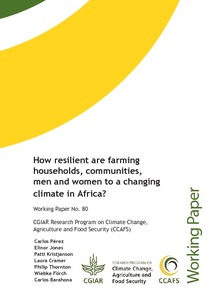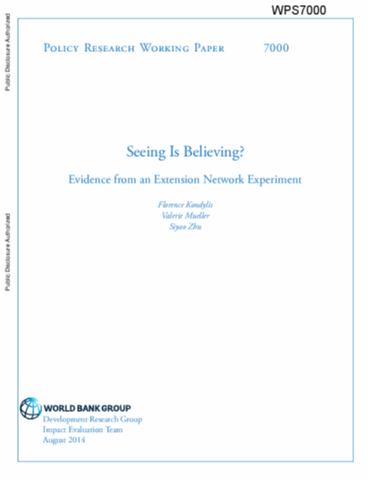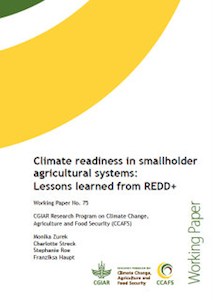El Nino or El Peso? Crisis, Poverty, and Income Distribution in the Philippines
Using household survey data for 1998, the authors assess the distributional impact of the recent economic crisis in the Philippines. The results suggest that the impact of the crisis was modest, leading to a five percent reduction in average living standards, and a nine percent increase in the incidence of poverty - with larger increases indicated for the depth, and severity of poverty. The greater shock came from El Nino, rather than through the labor market. The labor market shock was progressive (reducing inequality) while El Nino shock was regressive (increasing inequality).





